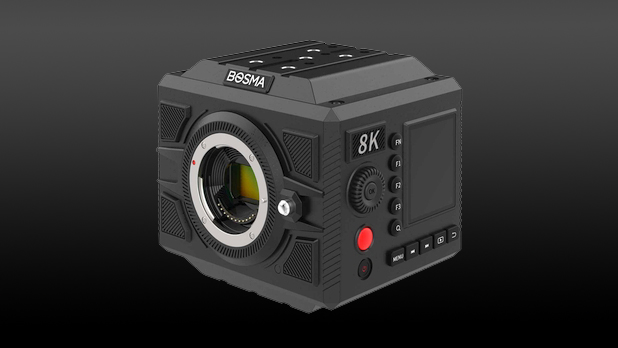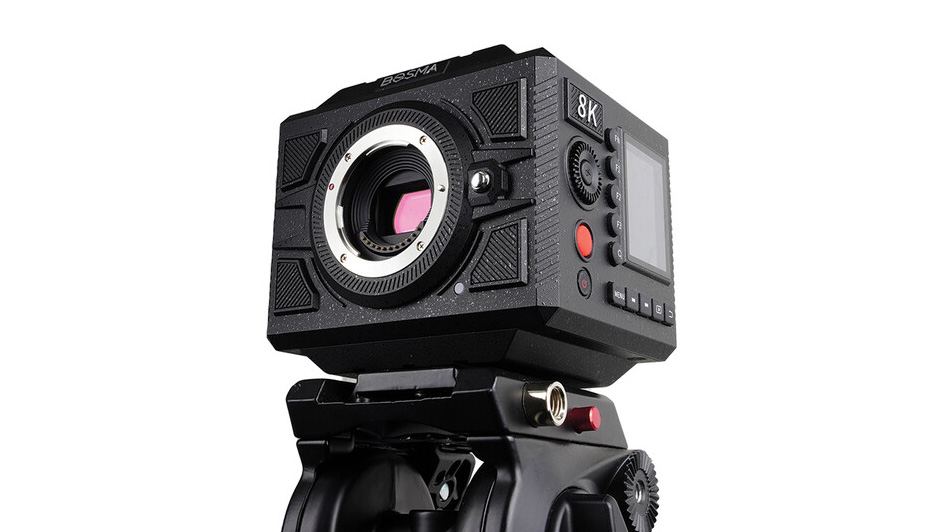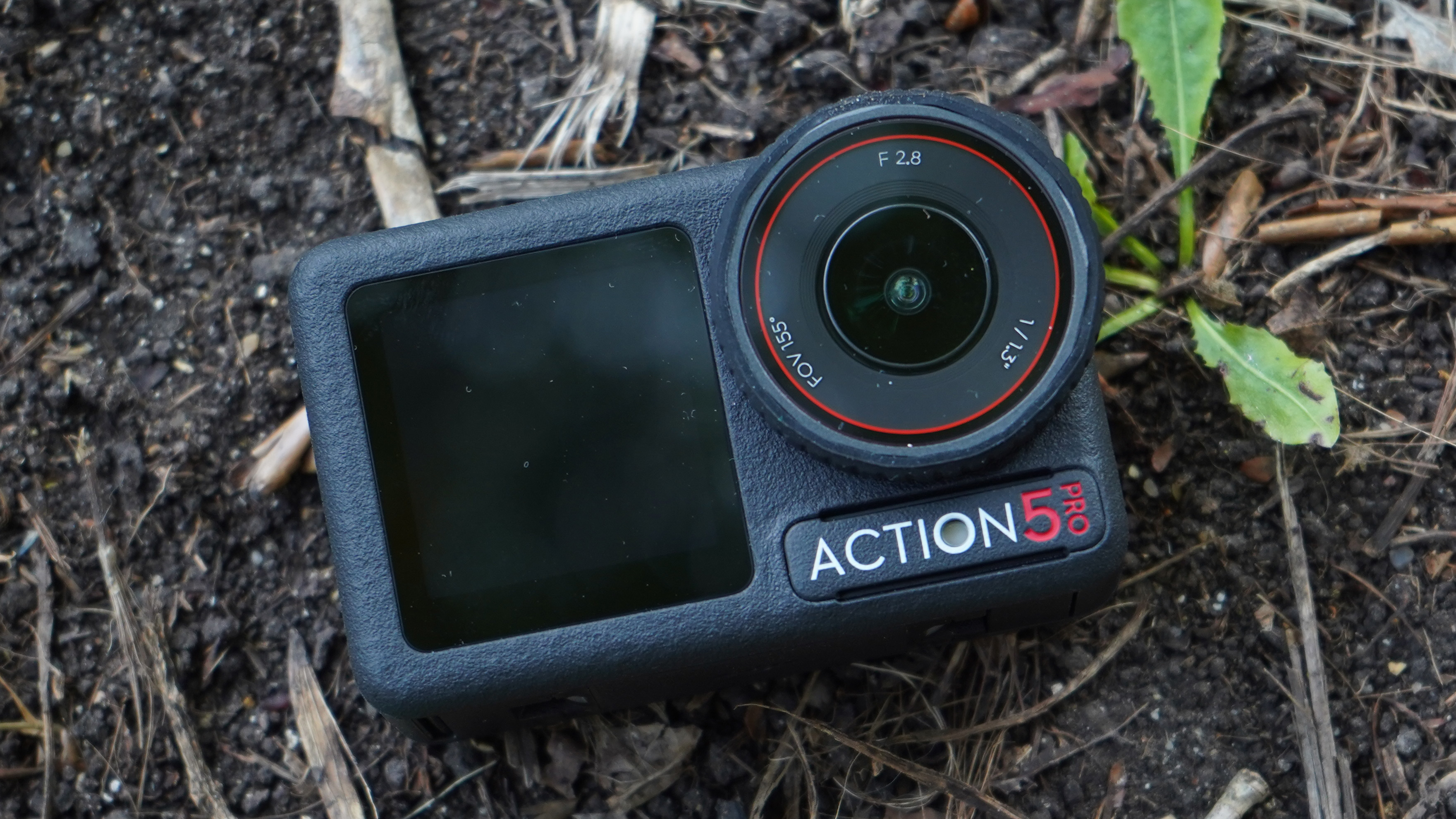Bosma G1 Pro: an 8K cinema camera for only $3,499!
This new 8K MFT cinema camera makes 8K affordable, under $4K affordable!

8K is still a magic number, unattainable for many, until today thanks to another Chinese manufacturer setting into the Pro Cine market offering 8K video at 30 frames per second for under $4K which could give the best cinema cameras a run for their money.
Launched at CES 2023, the Bosma G1 Pro 8K features a 4/3" CMOS sensor that offers full 8K resolution, with 11-stops of dynamic range, built-in 2.4GHz Wireless support, built-in Timecode, along with live streaming via ethernet at full 8K readout - this thing sounds bonkers.
The Bosma G1 Pro isn't the most beautiful-looking camera to ever grace the cinematography world, but when it's rigged up with lenses, grips, monitors and more, it look doesn't really matter, it's delivery that counts, and this could be a real contender for the likes of Z-Cam, and even the high Japaneise cinema gods and for a fraction of the cost as you can now pre-order this 8K cinema camera for just $3,499
However, there are some drawbacks to this camera that you need to be aware of; 8K up to 30 fps is capable, but it's at 4K when the Bosma G1 Pro lets itself down a bit. When recording in 4K you are only able to record up to 60 frames per second, while full HD 1080p is also capped at 60 frames per second. This could be changed with a firmware update - but for a cinema camera to be launched with no slow-motion setting at all is rather bizarre, no matter how young the company is.
Bosma G1 8K uses a Micro Four Thirds image sensor and mount – just like the highly-anticipated Sharp 8K Video Camera. Indeed, it appears that the Bosma uses the same sensor – a brand-new 33MP CMOS affair with a resolution of 7680 x 4320, again the same as the Sharp camera, which has been in a state of limbo ever since being revealed at CES back in 2019.
If the lack of 4K slo-mo is not a concern to you, then the Bosma does offer relatively good specs when comparing the market and the price. It uses CFast 2.0 card which can be found easily on the market and won't cost you too much these days, recording formats include MOV and MP4, using H.265 for 10-bit recording, and H.264 for 8-bit recording. It also has HDMI 2.1 port that enables external recording and monitoring.
Audio is recorded through a 3.5mm stereo jack or via a separately available XLR connector using a 5-pin LEMO port - this is probably going to be the best option while in professional use. You can also power the camera from 12 VDC via a 2-pin LEMO connector or via L-series batteries.
The best camera deals, reviews, product advice, and unmissable photography news, direct to your inbox!
Whether this cinema camera will be your next high-end rig, time will let as the company is fairly new to the industry, they have tested other Full-frame modes within broadcasting environments, so they are doing their research - I just wish they would take better environment photos of the cameras itself and give us a sample of what this camera can really do - these things I am sure will come in time and for those wanting to adopt 8K in their workflow sooner rather than later, $3,499 for an 8K camera is a steal no matter how you look at it.
Pre-order the Bosma G1 Pro at B&H (US)
Best 8K & 6K cameras
Best XLR microphones
Best Micro Four Thirds lenses

For nearly two decades Sebastian's work has been published internationally. Originally specializing in Equestrianism, his visuals have been used by the leading names in the equestrian industry such as The Fédération Equestre Internationale (FEI), The Jockey Club, Horse & Hound, and many more for various advertising campaigns, books, and pre/post-event highlights.
He is a Fellow of the Royal Society of Arts, holds a Foundation Degree in Equitation Science, and holds a Master of Arts in Publishing. He is a member of Nikon NPS and has been a Nikon user since his film days using a Nikon F5. He saw the digital transition with Nikon's D series cameras and is still, to this day, the youngest member to be elected into BEWA, the British Equestrian Writers' Association.
He is familiar with and shows great interest in 35mm, medium, and large-format photography, using products by Leica, Phase One, Hasselblad, Alpa, and Sinar. Sebastian has also used many cinema cameras from Sony, RED, ARRI, and everything in between. He now spends his spare time using his trusted Leica M-E or Leica M2, shooting Street/Documentary photography as he sees it, usually in Black and White.


